Algarve: discover the treasures of Lower Guadiana
The Eastern Algarve area, right on the border with Spain, has a lot to explore. Lower Guadiana is full of wonders of Nature and extends over an area that ranges from the busy coastline, especially in summer, to the unpopulated interior.
From castles to some of the most popular beaches in the Algarve, the Lower Guadiana region has a lot to visit, stretching along the municipalities of Vila Real de Santo António, Castro Marim and Alcoutim, which have the Guadiana River as their great common denominator. This area boasts authentic treasures of Nature and a diversity of beautiful landscapes, combined with great weather. However, even in the cooler months, there are plenty of reasons to visit this region, which is also conducive to adrenaline-filled experiences to put your spirit of adventure to the test. Follow the itinerary proposed by All About Portugal and discover a charming region.
Ria Formosa Natural Park, Vila Real de Santo António
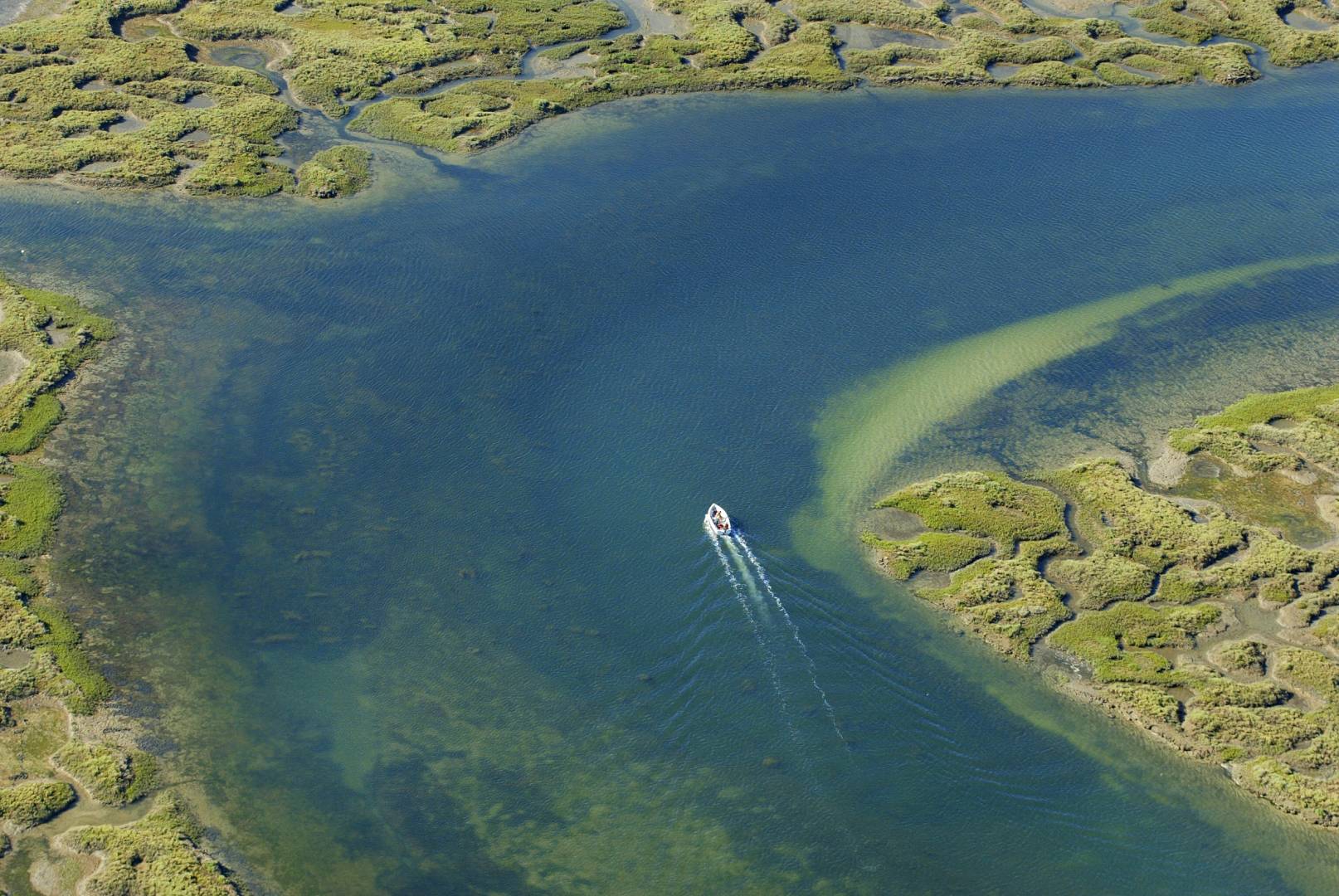
It is one of the places of greatest beauty and natural wealth in the entire Algarve, and it was elected one of the 7 Natural Wonders of Portugal. It covers an area of about 18,000 hectares and stretches across several municipalities and 60 kilometers of the Algarve coast. Classified as a Natural Park since 1987, the Ria Formosa is the “home” of one of the largest seahorse communities in the world. Long-snouted and short-snouted seahorses are the two most common species, and a shallow dive usually allows you to observe them. During the hibernation season, it usually hosts around 20,000 water birds, including rare species such as the teal or the black-headed gull. Nowadays, the Ria Formosa is also used for the natural production of bivalves, especially clams and oysters.
Great Guadiana Route, Vila Real de Santo António

For Nature lovers, this is an itinerary that cannot be missed. On foot or by bicycle, the Great Route crosses the three municipalities of the Lower Guadiana, in a 65-kilometre route, which goes to Mértola, in the Alentejo, extending over an accumulated total of over 150 kilometres. The route that links the Algarve coast to the interior of the mountains is always done close to the river and is full of beautiful and diverse landscapes, historical and cultural heritage, adventure and fresh air. The possibility of observing a remarkable diversity of existing fauna and flora is another of the attractions of the Great Guadiana Route, which is divided into several sectors of different distances.
Monte Gordo Beach, Vila Real de Santo António
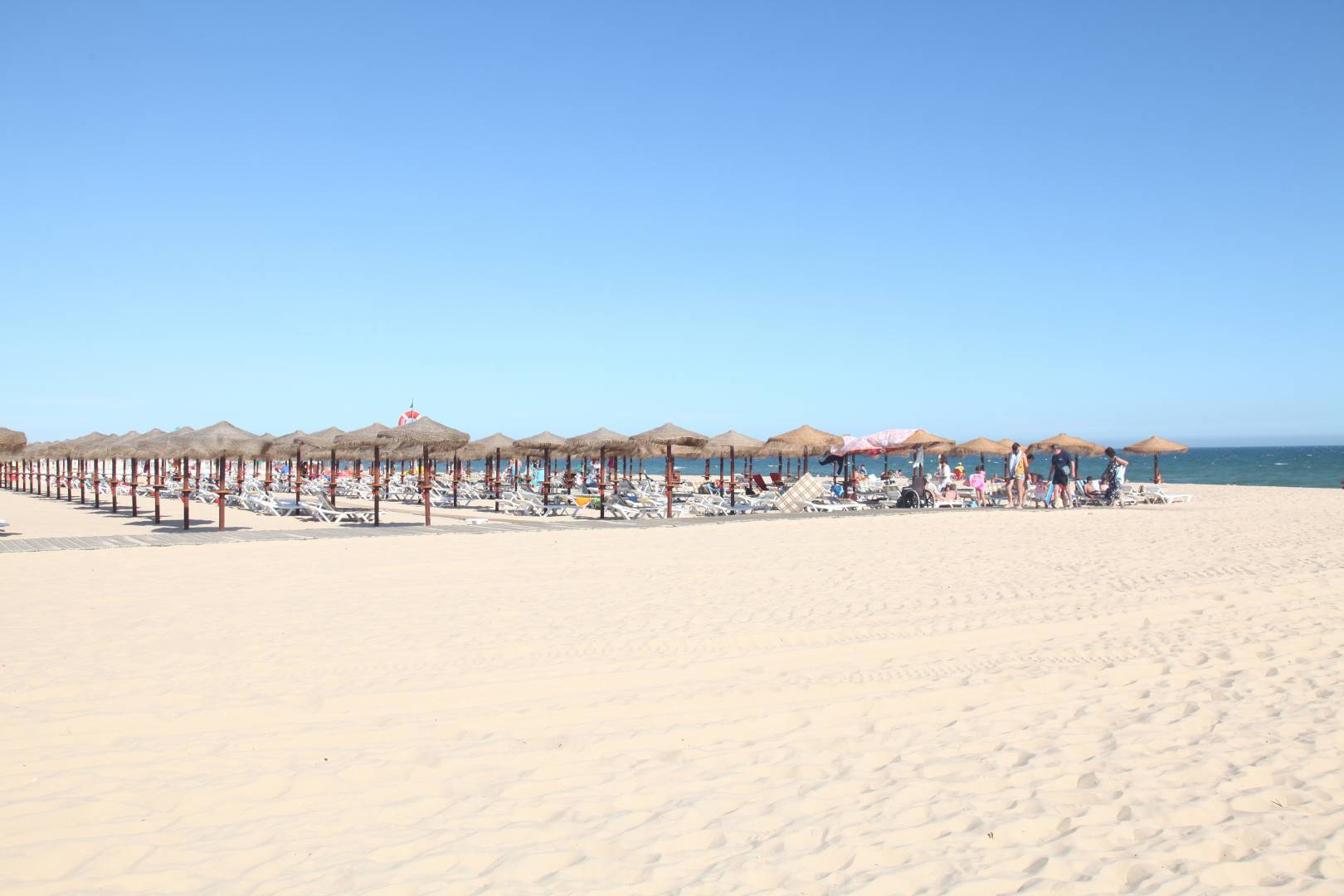
The traditionally calm and mild sea waters, as well as the extension of the sand are factors that make it a constant presence in any itinerary of the best beaches in the Algarve, being the option of many people to be their holiday destination. The artisanal fishing boats and the wide dune cord add a beautiful color to the landscape, while the vast pine forest, located very close to the beach, is great for lively lunches with family or friends. The central area of the beach is framed by the coastal avenue that features landscaped spaces, hotels, bars and restaurants, where grilled fish and fresh seafood are among the most chosen dishes. Two other popular saltwater beaches in the Lower Guadiana area are Praia da Manta Rota, also in the municipality of Vila Real de Santo António, and Praia Verde, in Castro Marim.
Adventure Park, Vila Real de Santo António

A different proposal for those who like adventure or want to live a challenging experience to test their limits, with family or friends. There are five tree climbing courses, more or less extreme depending on the participants' experience, determination or physical condition. Curious, adventurous and fearless are the three levels available, in which participants are challenged to overcome various obstacles, always, as the name implies, in height, between trees. Parque Aventura is located in the Sports Complex of this Algarve city, very close to Monte Gordo, and even children can try it out. They just have to be at least four years old and over one meter tall.
Natural Reserve of Castro Marim Marsh and Vila Real de Santo António
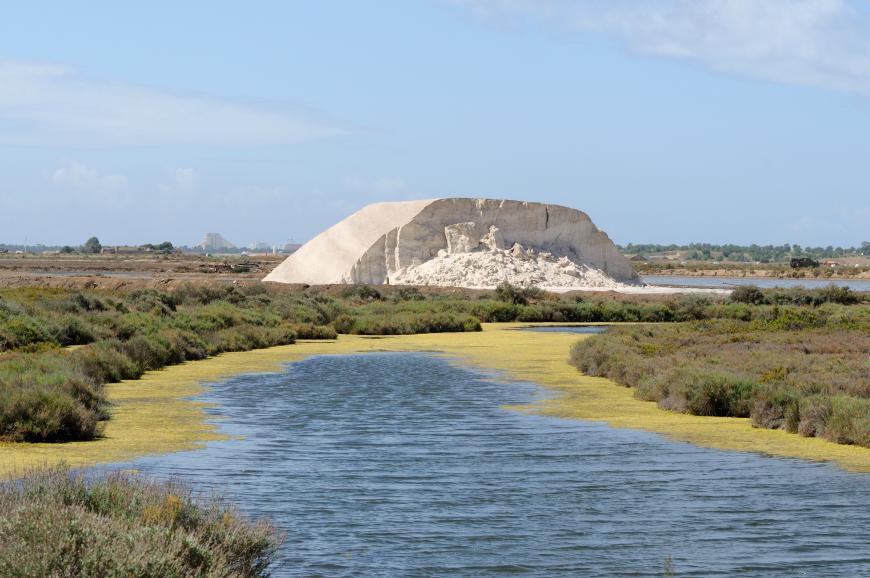
Here it is another wonder of Nature. It was created in 1975 to ensure the balance of ecosystems and to protect a wetland with unique characteristics, located near the estuary of the Guadiana River. It is assumed to be one of the most important wetlands in Portugal and was the first Natural Reserve to be created in the country. This protected area of Lower Guadiana extends over 2300 hectares, which include salt marshes, brackish water bodies and salines, as well as an appreciable number of flora and fauna species. In addition to fish and bivalves, this wetland is also recognized as an important place for the passage and nesting of numerous aquatic birds, such as the Mallard or Flamingo, being considered one of the areas of greatest ornithological interest in Portugal.
Castro Marim Castle
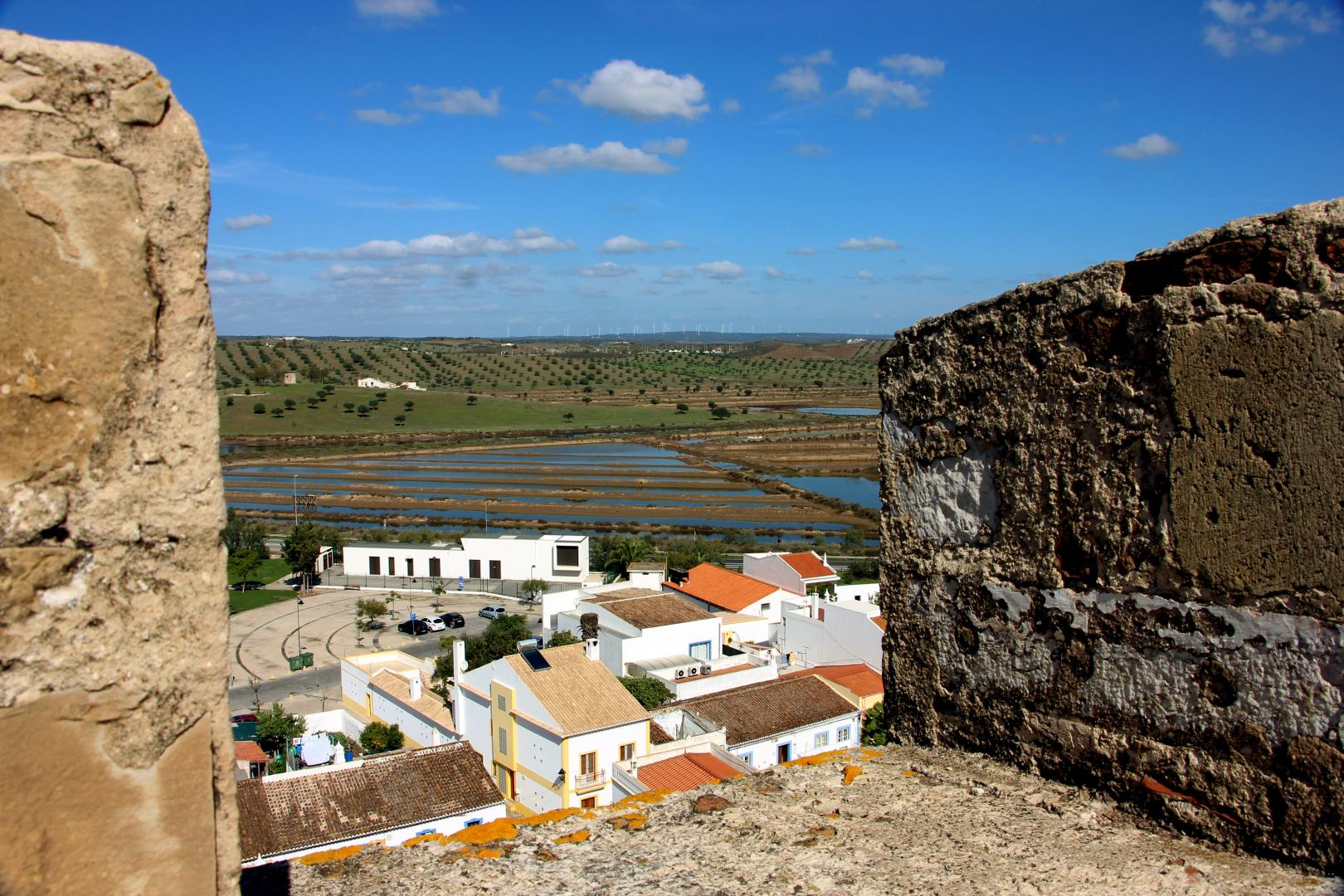
Classified as a National Monument since 1920, it is one of the “ex libris” of the municipality of Castro Marim and is one of the most representative buildings from the Middle Ages along the Guadiana River, taking advantage of the town's strategic geo-raian location. Built by King Afonso III in the 13th century, the fortress has a semicircular wall and offers superb views over the surroundings and the Guadiana River. Inside the walls, the Castelo Velho stands out, possibly built by Muslims, and the Church of Nossa Senhora dos Mártires. It also has some ruins including the mayors' old palace. Inside the Castle there is a museum, where you can appreciate an interesting set of archaeological finds, ranging from the Bronze Age to the Middle Ages.
São Sebastião Fortress, Castro Marim
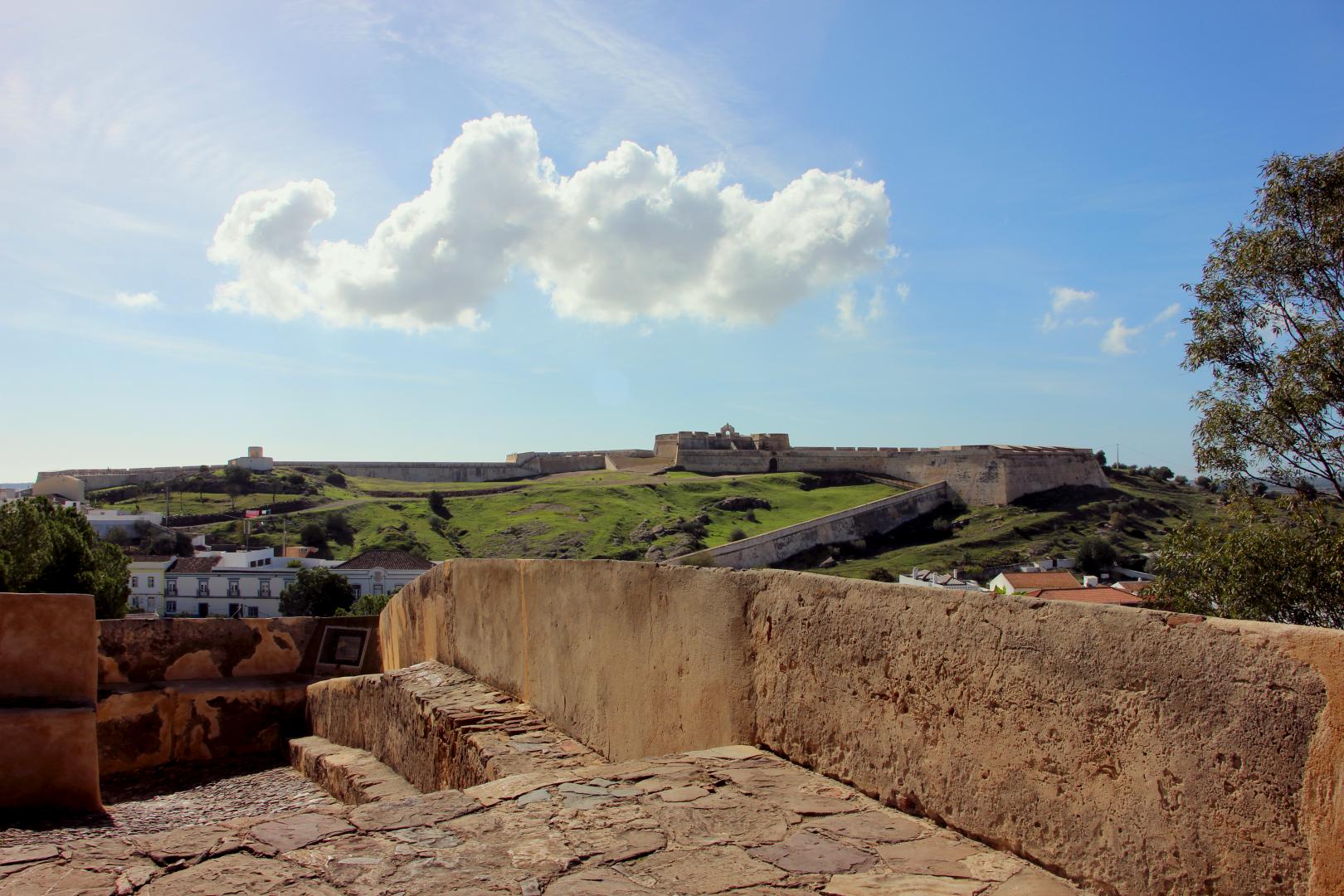
This military structure, built during the 17th century, stands at a high point, to improve Castro Marim's defensive system during the Restoration War. This well-preserved fortress, built on a site where previously there would have been a chapel dedicated to São Sebastião, has an irregular wall covering, supported by five defensive bulwarks. The main door faces North, towards the Castle and the village. Together with the Castle, the Fortress is one of the most imposing battlegrounds in southern Portugal. In addition to the architecture of the Fortress, enjoy the beautiful panoramic view over the town and the river.
Pego Fundo River Beach, Alcoutim
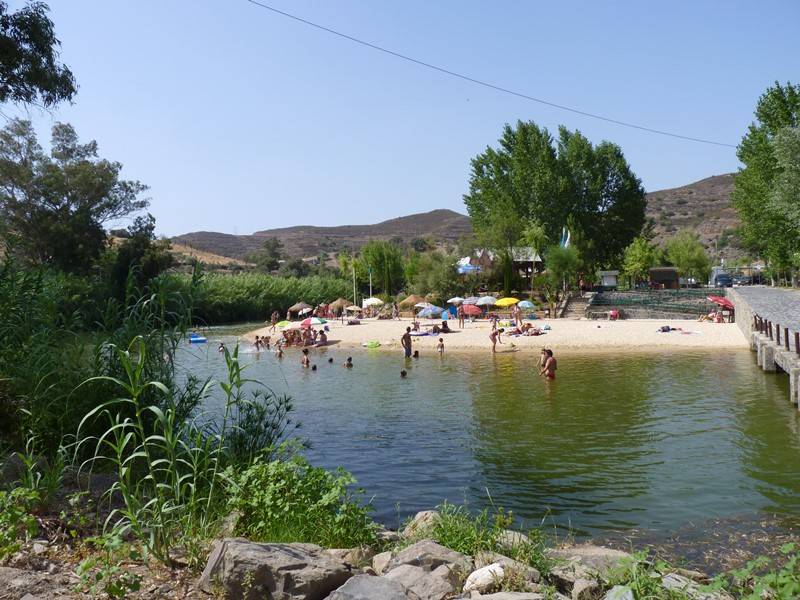
Half a kilometer from the Alcoutim center, in the heart of the Algarve, is the region's only river beach. It breathes tranquility and this is one of the factors that makes it highly sought after by locals, but also by tourists, who seek to escape the crowded beaches of the coast, whether to spend a different day of vacation or even a longer period. The surrounding beauty, as well as the appealing water temperature, which sometimes reaches 28 degrees, are other factors appreciated by many vacationers. Located near the Guadiana River, on the left bank of Ribeira de Cadavais, and in full communion with Nature, it has a pleasant area of sand and shade. It has good infrastructure, and the titles of “Blue Flag” and “Accessible Beach” are indicative of its quality.
Alcoutim Riverside Area
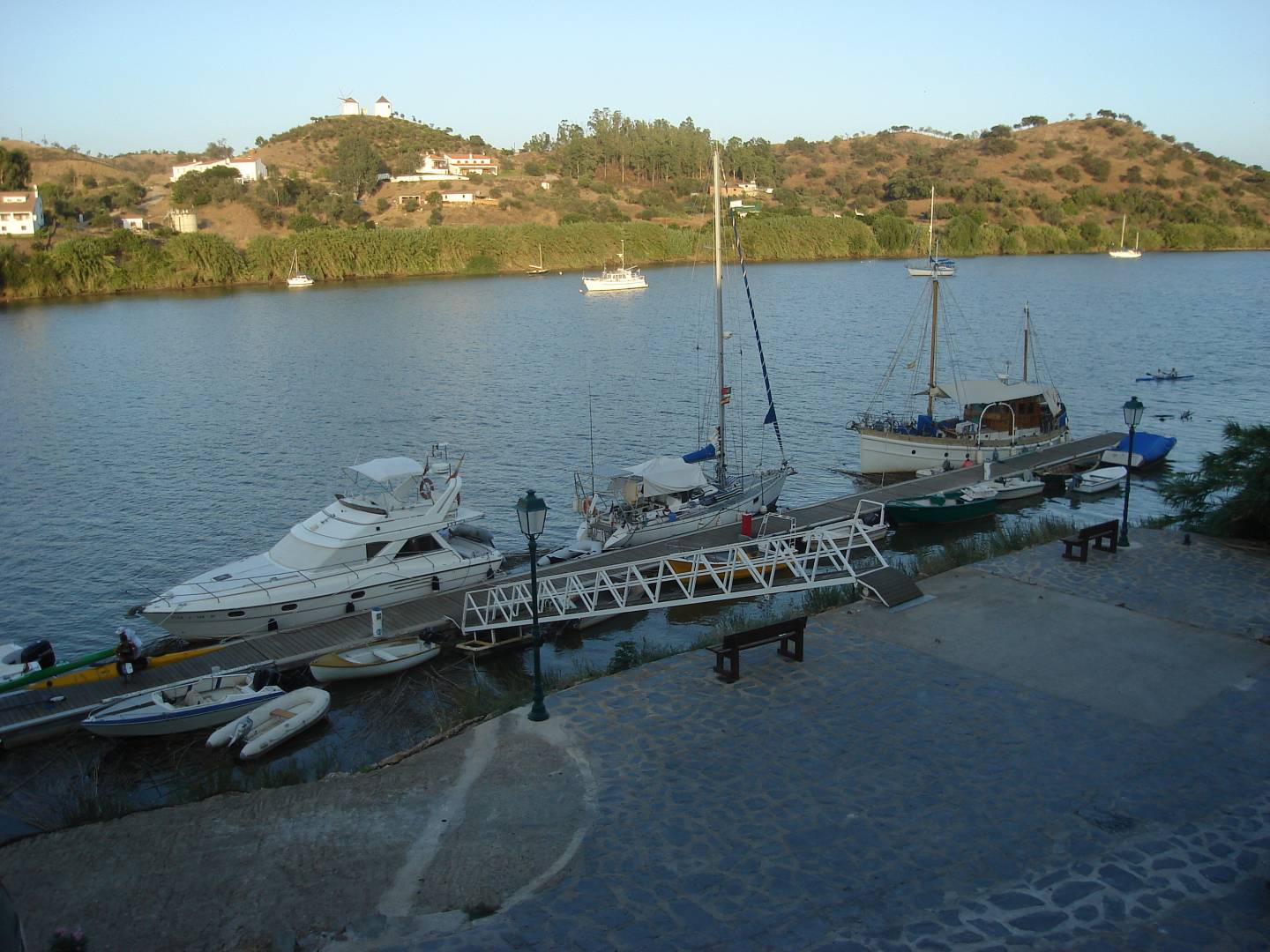
It is one of the most pleasant places in Alcoutim. It includes a marina, two piers and landscaped areas. In addition to being able to stroll along the Guadiana, you can also admire the statues of the "Smuggler", on the old quay, of the "Fisherman", next to the Santo António Chapel, and that of the "Guard", located on the kiosk's terrace. This site offers excellent views over the river and the neighboring Spanish village of Sanlúcar de Guadiana. Also enjoy and appreciate the large-scale colorful Otter, which the Portuguese artist Bordalo II designed on the riverbank, as part of the Big Trash Animals collection, which aims to draw attention to pollution through works created from garbage collected in the streets.
Alcoutim Castle

It is one of the most visited monuments in the municipality of Alcoutim and is impressive for its views over the Lower Guadiana and also for the remarkable wall cloth with defensive towers. It was built in the 14th century, on top of a hill, to defend the border and, initially, had a simple architectural structure, in a quadrangular shape, and only one door facing north. Two centuries later, the ogival door, facing the river, was opened. Inside the Castle, the Archeology Museum has two permanent exhibitions on timeless games and the archaeological heritage of Alcoutim. In the garden is the “Túnel do Contrabando” (Smuggling Tunnel), an artistic installation created by a Spanish Cooperative.
Recommended
